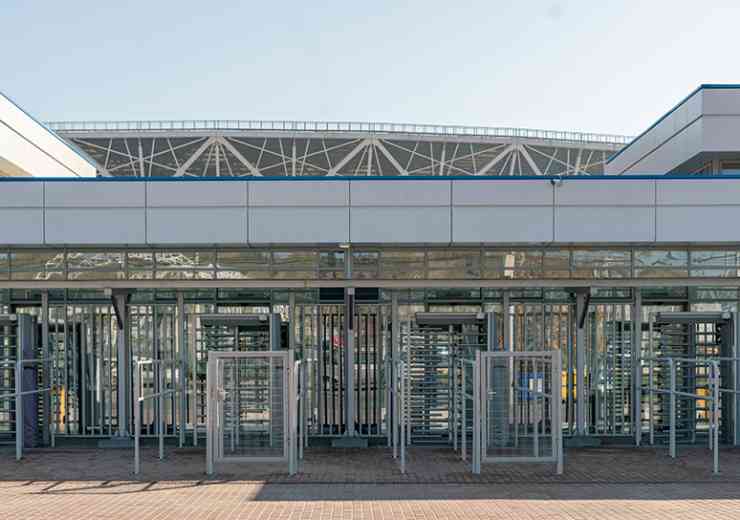40 per cent rise in London’s stop and search use
Stop and searches in London rose by 40 per cent during lockdown, with the policing tactic used 104,914 times between April and June.
Equating to more than 1,100 times a day, Scotland Yard said the drop in crime at the height of the pandemic meant more officers had been able to go on the frontline and target drug dealers and violent gangs.
The statistics show that only one in five stops led to an arrest, fine or caution, which has caused some to suggest that police are using the power indiscriminately. The 21 per cent figure is down on the 33 per cent leading to an arrest, fine or caution two years ago.
The new figures are contained in an update by the Mayor’s Office for Policing and Crime (Mopac) covering the first quarter of 2020-21.
Nick Thomas-Symonds, Shadow Home Secretary, said: “Stop and search should be intelligence-led. It is crucial that use of these powers is transparent and the police work alongside communities. We know there are very high levels of disproportionality in stop and search, especially with black men, and it is vital that concerns about its use are listened to and addressed.”
Maurice Mcleod, the chief executive of Race On the Agenda (Rota), said: “These latest statistics are worrying. They show that as reported crime fell during lockdown, police officers have had more time to work proactively and that this proactive work seems to have resulted in a huge spike in stops. The increased proportion of stops that result in no action suggests that stops are being carried out based on officers’ pre-existing biases rather than on genuine suspicion of criminality. As lockdown regulations ease, there is a real risk that the increasingly disproportionate use of these powers will further damage relations between the police and some of London’s communities.”
digital issue




















